The China Doll plant, scientifically known as Radermachera sinica, is a popular houseplant valued for its attractive foliage. Here’s a description and some care tips for the China Doll plant:
Appearance:
The China Doll plant is a compact and bushy evergreen shrub that can reach a height of 2 to 6 feet (0.6 to 1.8 meters) indoors. It features pinnate leaves with glossy, dark green, and deeply divided leaflets that resemble the leaves of a fern. The plant has an upright growth habit and can develop multiple stems, creating a full and lush appearance.
Care Tips for the China Doll plant:
Light:
Place your China Doll plant in a spot that receives bright, indirect light. While it can tolerate some shade, too much direct sunlight can scorch its leaves. Avoid placing it in areas with intense afternoon sun.
Temperature:
The China Doll plant prefers average room temperatures between 65°F to 75°F (18°C to 24°C). It is sensitive to cold drafts, so keep it away from windows, doors, or air conditioning vents that can expose it to chilly air.
Watering:
Water the China Doll plant when the top inch (2.5 cm) of the soil feels dry to the touch. It prefers moderately moist soil, but overwatering can lead to root rot. Ensure proper drainage and avoid allowing the plant to sit in standing water.
Humidity:
The China Doll plant appreciates moderate to high humidity levels. Increase humidity by using a humidifier, placing a tray of water near the plant (but not directly under the pot), or grouping it with other plants to create a microclimate.
Soil:
Use well-draining, peat-based potting soil for the China Doll plant. A mixture of peat moss, perlite, and sand can provide good drainage. Ensure the pot has drainage holes to prevent waterlogging.
Fertilization:
Feed your plant with a balanced, water-soluble houseplant fertilizer every 2 to 4 weeks during the growing season (spring and summer). Follow the instructions on the fertilizer package for the appropriate dosage.
Pruning:
Prune the plant to maintain its shape and promote bushiness. Pinch or trim back the tips of the stems to encourage branching. Remove any yellowed or damaged leaves to maintain the plant’s appearance.
Pests:
Monitor your plant for common houseplant pests like spider mites, aphids, or mealybugs. If necessary, treat infestations with an appropriate insecticidal soap or horticultural oil, following the instructions on the product label.
By following these care tips, you can help ensure a healthy and vibrant plant in your home or indoor space.

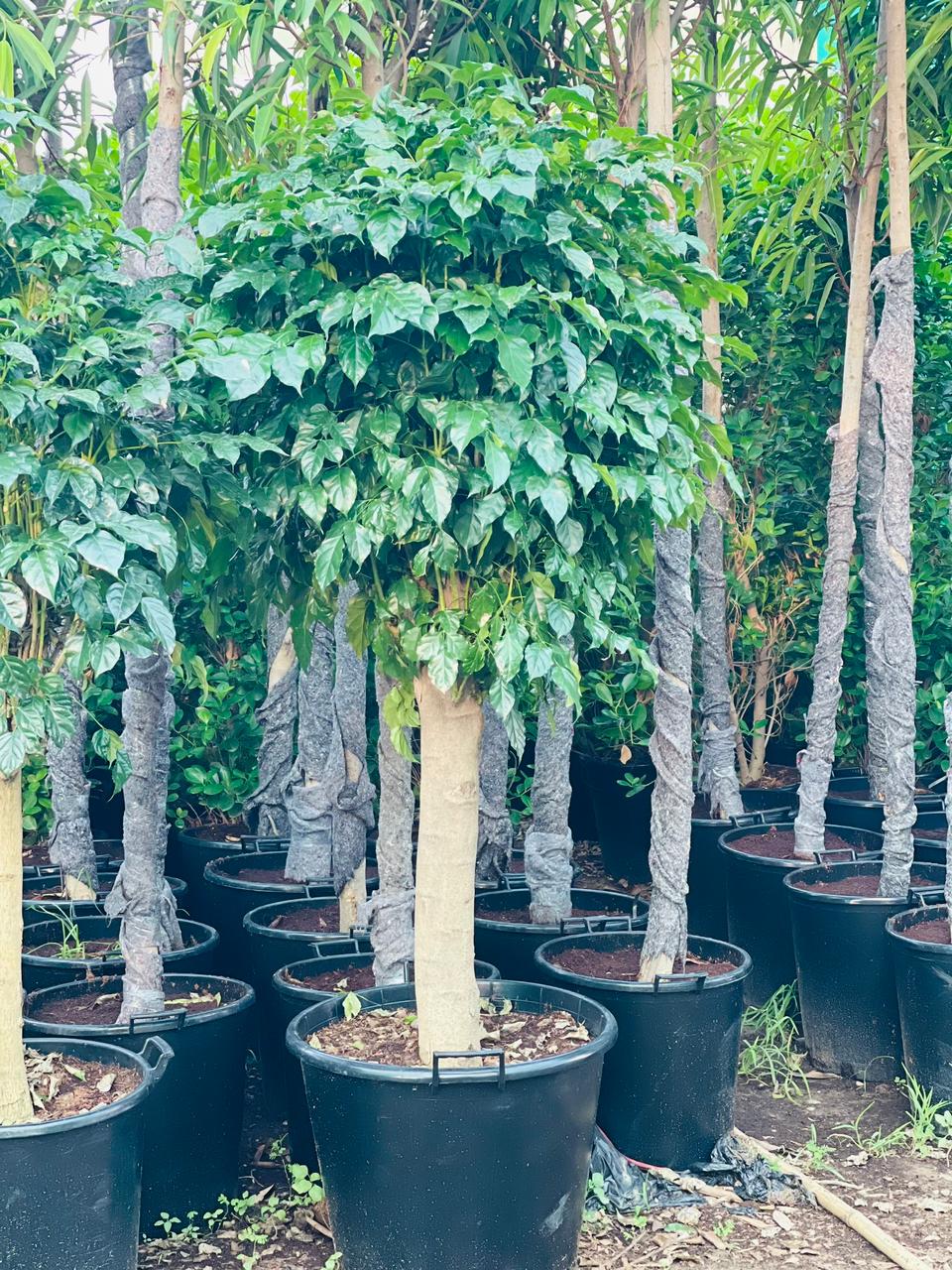
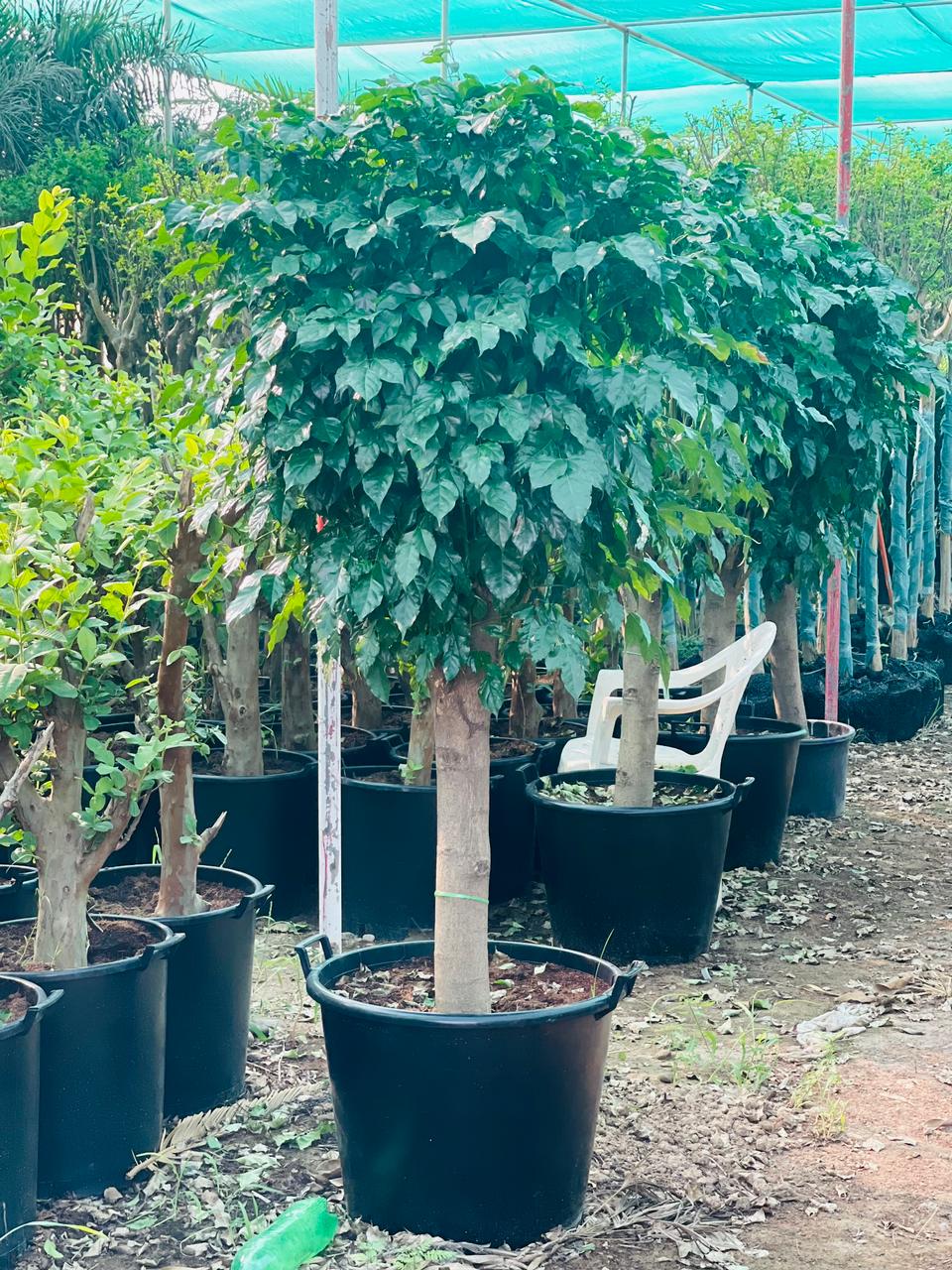
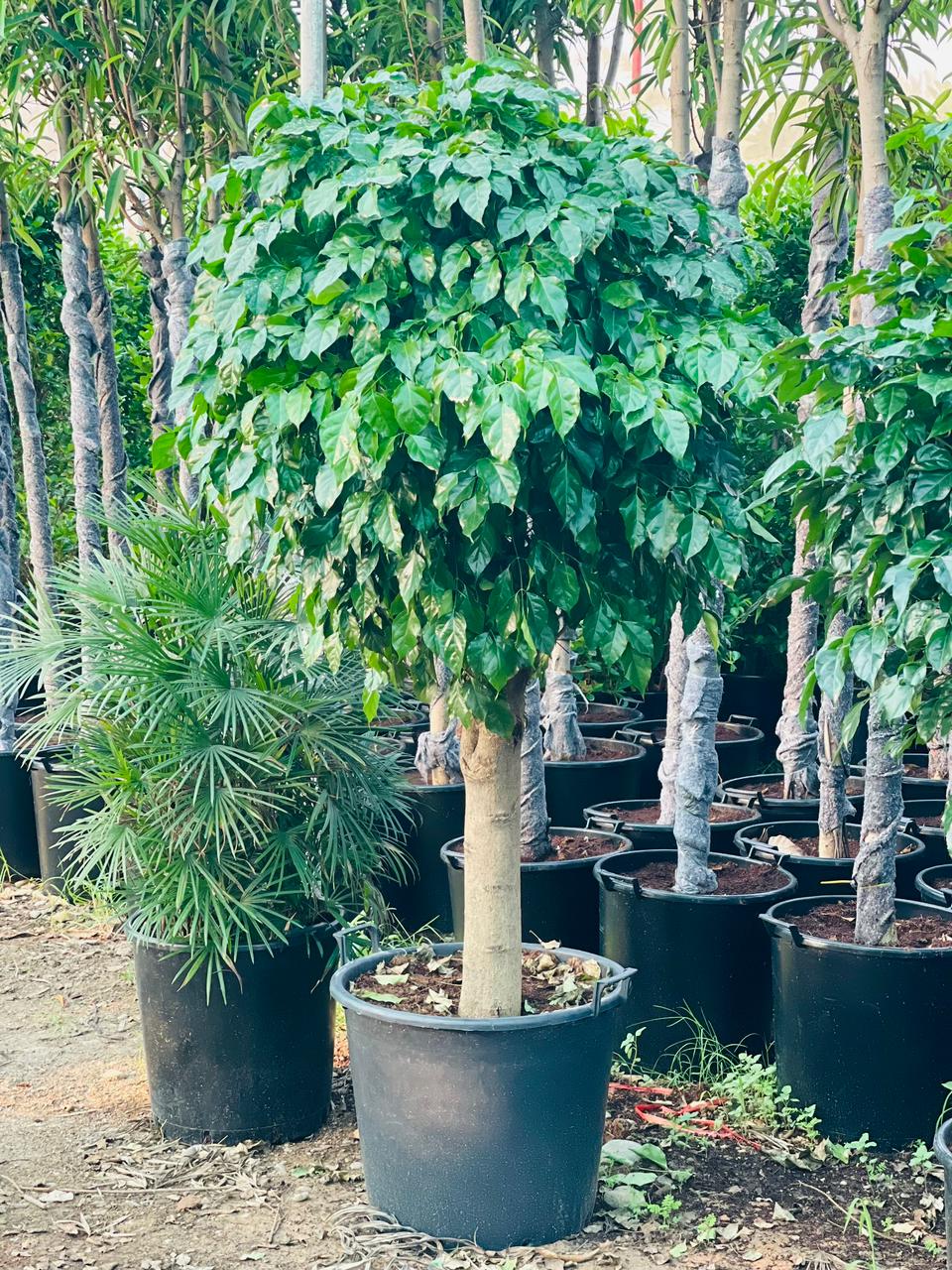

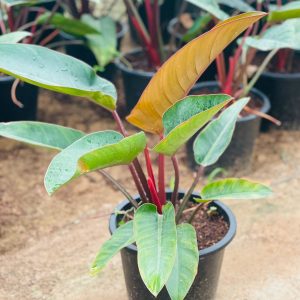
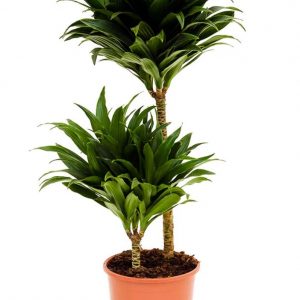

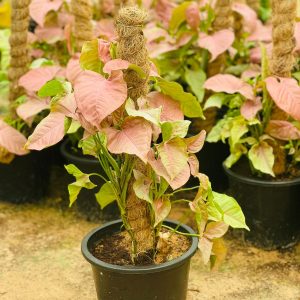
Reviews
There are no reviews yet.